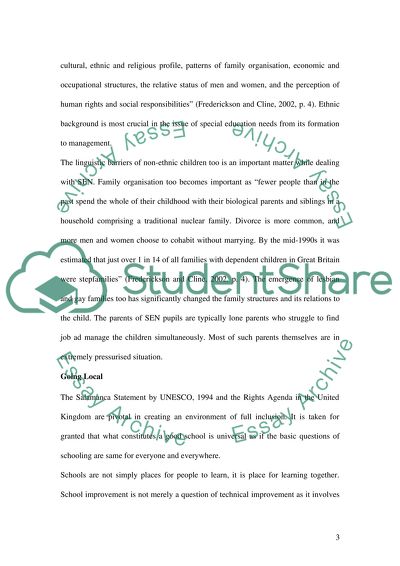Cite this document
(“Critically Analyse and discuss SEN(special Educational Needs)/ Essay”, n.d.)
Retrieved de https://studentshare.org/environmental-studies/1411235-critically-analyse-and-discuss-senspecial
Retrieved de https://studentshare.org/environmental-studies/1411235-critically-analyse-and-discuss-senspecial
(Critically Analyse and Discuss SEN(special Educational Needs)/ Essay)
https://studentshare.org/environmental-studies/1411235-critically-analyse-and-discuss-senspecial.
https://studentshare.org/environmental-studies/1411235-critically-analyse-and-discuss-senspecial.
“Critically Analyse and Discuss SEN(special Educational Needs)/ Essay”, n.d. https://studentshare.org/environmental-studies/1411235-critically-analyse-and-discuss-senspecial.


